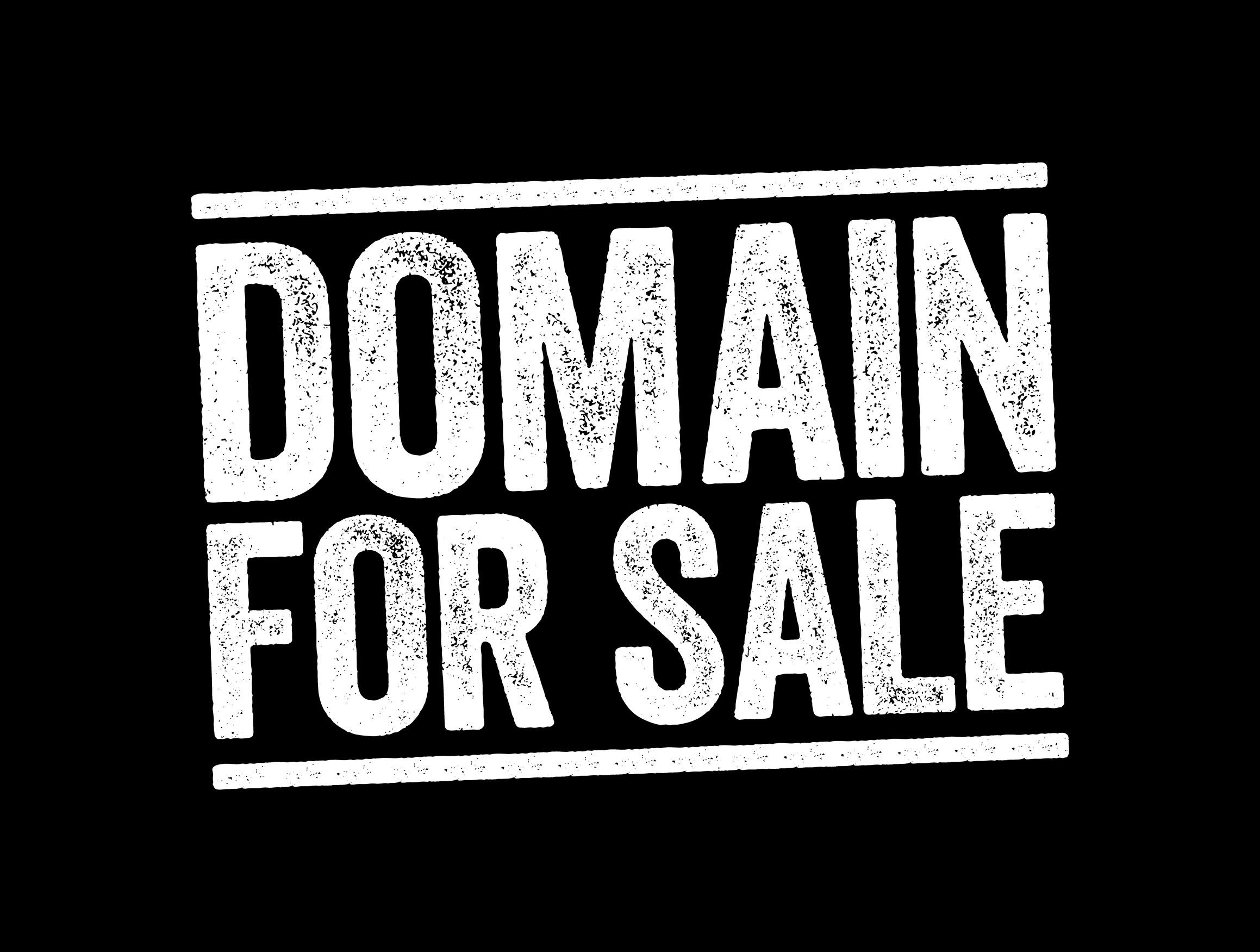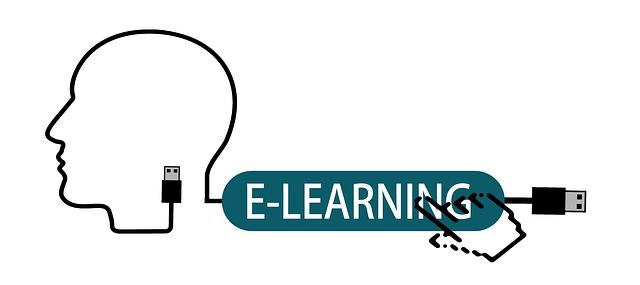Table of Contents
- Understanding the Value of Your Domain Name
- Strategies for Pricing Your Domain Competitively
- Effective Marketing Techniques to Attract Buyers
- Navigating the Domain Selling Platforms
- Essential Steps for a Smooth Transfer Process
- Q&A
- In Retrospect
Understanding the Value of Your Domain Name
When it comes to establishing an online presence, the choice of a domain name is more critical than many realize. Your domain name is not just a web address; it’s the cornerstone of your brand identity. A memorable and relevant domain name can significantly enhance your visibility, making it easier for potential customers to find you online. Moreover, a strong domain often correlates with credibility and professionalism, which can instill trust among users. In today’s competitive landscape, understanding the intrinsic value of your domain name enables you to leverage it strategically.
There are several factors that contribute to the value of a domain name. These include:
- Length: Shorter names are typically easier to remember and type, increasing user retention.
- Keyword relevance: Having relevant keywords in your domain can improve search engine rankings and attract targeted traffic.
- Extension: While .com domains are often seen as the most valuable, niche-specific extensions (like .tech or .design) can also be highly desirable.
- Brandability: A unique name that resonates with your target audience can create a lasting impression and enhance customer loyalty.
To give you a clearer picture of how these factors play out in terms of valuation, consider the following table showcasing some well-known domains and their selling prices:
| Domain Name | Sale Price | Notable Attributes |
|---|---|---|
| Voice.com | $30 million | Short, memorable |
| 360.com | $17 million | Numeric domains gaining traction |
| Insure.com | $16 million | Keyword-rich |
| Sex.com | $13 million | Highly sought after niche |
recognizing the worth of your domain name can empower you in negotiations, whether you plan to sell it or grow your brand. Immediate attention to its attributes can enhance online visibility and conversion rates, making it an invaluable asset in your digital strategy.


Strategies for Pricing Your Domain Competitively
When it comes to pricing your domain, understanding the market landscape is essential. Start by researching comparable domains in size, length, and extension. Look for domains that have recently sold to gauge the going rates. A comprehensive evaluation of your domain’s potential should consider factors such as:
- Keyword Value: Domains containing popular keywords are usually worth more.
- Brandability: Assess how memorable and easy it is to spell.
- Extension Type: .com domains typically command higher prices compared to niche extensions.
Next, utilize online appraisal tools to get a ballpark figure of your domain’s worth. While these tools can provide a starting point, they should complement your own research rather than serve as the sole basis for pricing. Consider the intrinsic value of your domain—how it can impact a potential buyer’s branding, marketing strategy, and overall business decision. Adjust your pricing based on your domain’s unique qualities and potential growth within its respective industry.
Additionally, consider implementing a tiered pricing strategy. This involves setting multiple price points depending on your target audience. The table below illustrates how different factors can influence pricing tiers:
| Factor | Low Tier | Medium Tier | High Tier |
|---|---|---|---|
| Length | Longer than 15 characters | 6-15 characters | 5 characters or less |
| Keyword Popularity | Uncommon | Average | Highly searched |
| Brandability | Generic | Moderately memorable | Highly distinctive |


Effective Marketing Techniques to Attract Buyers
To successfully entice potential buyers, one must leverage multi-channel marketing strategies that align with target audiences. Each channel serves a unique purpose, whether it’s for brand awareness or driving conversions. Consider implementing the following techniques:
- Social Media Advertising: Utilize platforms like Facebook and Instagram to create targeted ads that reach specific demographics.
- Email Campaigns: Craft personalized email marketing campaigns that nurture leads with relevant offers and useful content.
- Content Marketing: Produce engaging blog posts, infographics, and videos that provide value and build trust with your audience.
Furthermore, consider optimizing your online presence with SEO strategies that improve visibility and draw organic traffic. Key areas to focus on include:
| SEO Strategy | Impact |
|---|---|
| Keyword Optimization | Improves search engine ranking and attracts targeted visitors. |
| Mobile-Friendly Design | Enhances user experience, leading to higher engagement and conversions. |
| Backlink Building | Increases domain authority and credibility in the eyes of search engines. |
Lastly, don’t underestimate the power of user-generated content and customer reviews. Encourage satisfied customers to share their experiences and showcase testimonials prominently to build trust. You can do this effectively by:
- Creating a hashtag for social media where customers can share their experiences.
- Incentivizing reviews on platforms relevant to your niche.
- Featuring customer stories on your website to provide social proof and engage with new visitors.


Navigating the Domain Selling Platforms
When it comes to selling domains, choosing the right platform is crucial for maximizing your reach and potential profit. Various platforms cater to different types of sellers, whether you’re a seasoned domain flipper or a casual seller looking to offload a single asset. Here are some popular options:
- Marketplaces: These are dedicated platforms where buyers and sellers can connect directly. Popular choices include GoDaddy Auctions, Sedo, and Flippa. They usually allow you to set your own prices and offer features like traffic stats and valuation tools.
- Broker Services: If you prefer a more hands-off approach, consider using a domain broker. They typically charge a commission but can negotiate higher sale prices and handle all the details for you.
- Private Sales: For sellers with a specific buyer in mind, engaging in private sales through networking or professional connections can lead to lucrative deals without the associated fees of a marketplace.
Understanding the fee structures of these platforms is essential for making informed decisions. Some platforms charge listing fees, while others take a percentage of the final sale price. Here’s a brief overview:
| Platform | Listing Fee | Commission |
|---|---|---|
| GoDaddy Auctions | $4.99 | 10% of sale price |
| Sedo | Free | 15% of sale price |
| Flippa | $15 | 10% of sale price |
Lastly, consider the audience and marketing tools available on each platform. Some have robust marketing features, such as SEO optimization and social sharing options, allowing your listing to stand out among millions. Investing time in selecting the right domain selling platform will not only improve your sale chances but also help you achieve the value your domain truly deserves.


Essential Steps for a Smooth Transfer Process
To ensure a seamless experience during the transfer of a domain, it’s crucial to commence the process with the right groundwork. Start by verifying that your domain is eligible for transfer, which typically involves checking its registration status. Ensure that the domain is unlocked, as a locked domain will prevent any transfer attempts. Moreover, gathering important information such as the authorization code, which is essential for the actual transfer, is critical. Without this code, you may face unnecessary delays.
Once you’ve gathered the necessary information, notify your current registrar of your intention to transfer. This step is often overlooked but is vital for preventing any interruptions. You might also want to check if there are any outstanding payments or penalties that could hold up the process. Additionally, make sure to update your WHOIS information before the transfer, as this helps ensure that you maintain control and communication regarding your domain. Keeping the contact details accurate will streamline the transfer and avoid confusion.
after initiating the transfer with your new registrar, it’s essential to monitor the progress closely. Transfers can take anywhere from a few hours to several days, depending on the registrars involved. Utilize a checklist to keep track of completed steps, such as the confirmation emails received from the new registrar. Here’s a simple table to illustrate the key actions you should keep track of:
| Action | Status |
|---|---|
| Check domain eligibility | ✔️ Completed |
| Unlock domain | ✔️ Completed |
| Obtain authorization code | ✔️ Completed |
| Notify current registrar | ✔️ Completed |
| Update WHOIS information | ✔️ Completed |
| Initiate transfer with new registrar | ✔️ In Progress |
Q&A
Q&A: Selling Your Domain Name Effectively
Q1: What is a domain name and why is it valuable? A: A domain name is the web address that users type into their browsers to access a website. It functions as your online identity and can greatly affect your brand’s visibility. Valuable domain names are typically short, memorable, and relevant to popular keywords or industries, making them sought after by businesses and entrepreneurs. Q2: How can I determine the value of my domain name? A: Valuing a domain name involves several factors, including its length, keyword relevance, and market trends. Tools like Estibot and GoDaddy’s Domain Appraisal can provide estimates, but the true worth is often determined by buyer demand and willingness to pay. Q3: What are the key steps to selling my domain name? A: Selling a domain name can be broken down into a few key steps:- Research: Understand the market and determine a competitive price.
- Marketplace Selection: Choose a platform such as Sedo, Flippa, or GoDaddy Auctions to list your domain.
- Create an Appealing Listing: Write a compelling description highlighting the domain’s potential uses and benefits.
- Promote Your Listing: Use social media and domain forums to draw attention.
- Negotiate and Finalize Your Sale: Be prepared for negotiations and ensure a secure payment channel.

